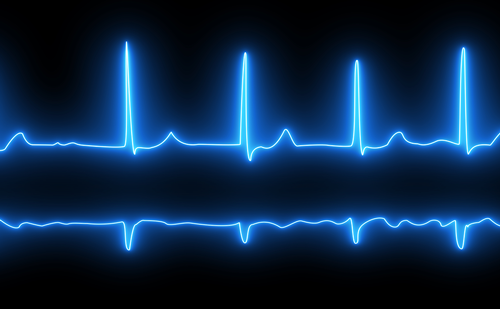Background: Techniques for atrial fibrillation (AF) ablation have evolved and reduced patient radiation dose. There are limited contemporary data comparing the dose from AF ablation with other common radiation sources.
Purpose: To assess the radiation dose of contemporary AF ablation techniques; cryo-balloon (CB) and radiofrequency ablation (RF). To compare these doses with common sources of radiation exposure.
Methods: All patients underwent an AF ablation, under general anaesthetic, by a single high-volume operator between January 2018 and December 2019. The primary method of pulmonary vein isolation (PVI) was either CB or RF. 3D mapping was used for RF but not for CB. Transeptal punctures were guided by trans-oesophageal echo. Summary procedural radiation doses were compared to established average dose exposure published in 2011 by Public Health England.
Results: A total of 183 patients were included (Age 60 ± 11, 78.7% male). Overall: Paroxysmal or Permanent AF in 51% and 49% respectively; EHRA class 2 and ≥3 in 78% and 20% respectively; No underlying structural disease in 85%, LA diameter 43 ± 5 mm. The method for PVI was CB in 106 and RF in 77 patients. Overall median dose was 2.7 μgy/m2 (IQR 0-14.1). Median dose for CB were higher than RF (5.9 μg/m2 IQR 2-19 and 0 μgy/m2 IQR 0-4, p<0.001). Comparison between established average dose exposure are shown in Table 1.
Conclusion: Radiation exposure during contemporary AF ablation is low. CB has higher patient doses than RF ablation but still lower than a transatlantic flight. Clinician dose behind lead shields and skirts is likely to be lower. The musculoskeletal harm from wearing lead, in this setting, therefore may outweigh the potential radiation protection benefit.

















